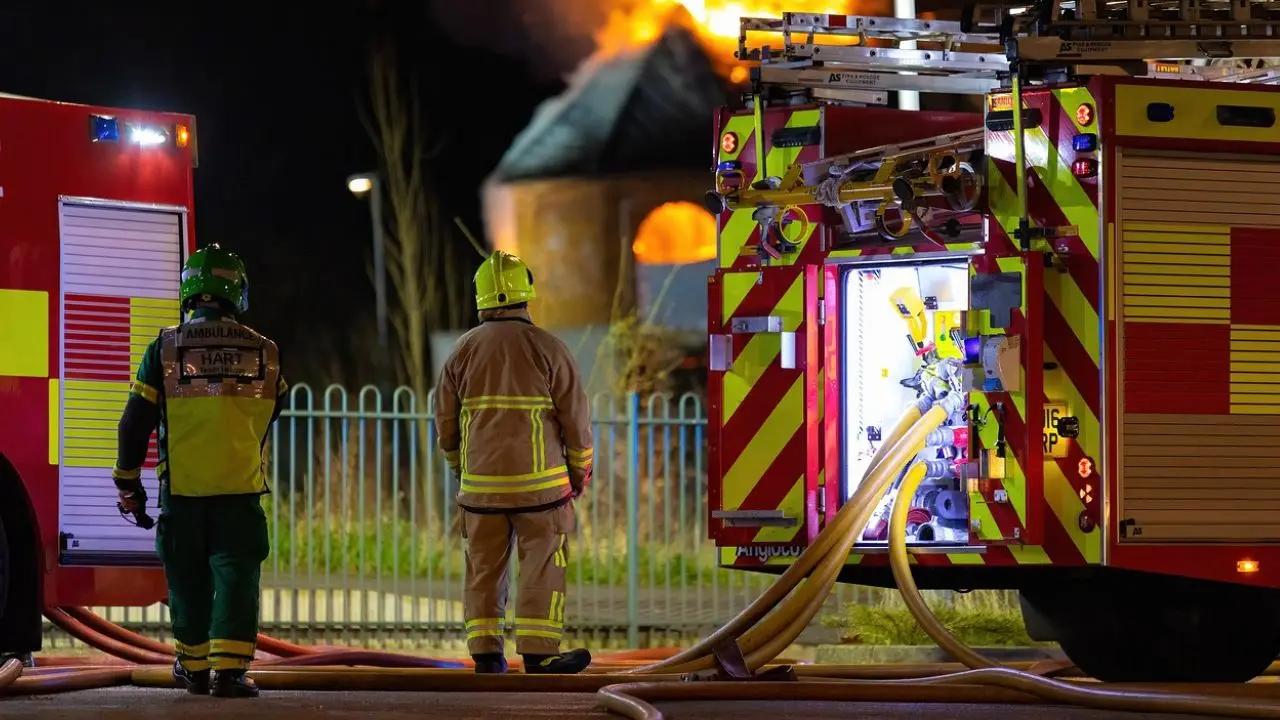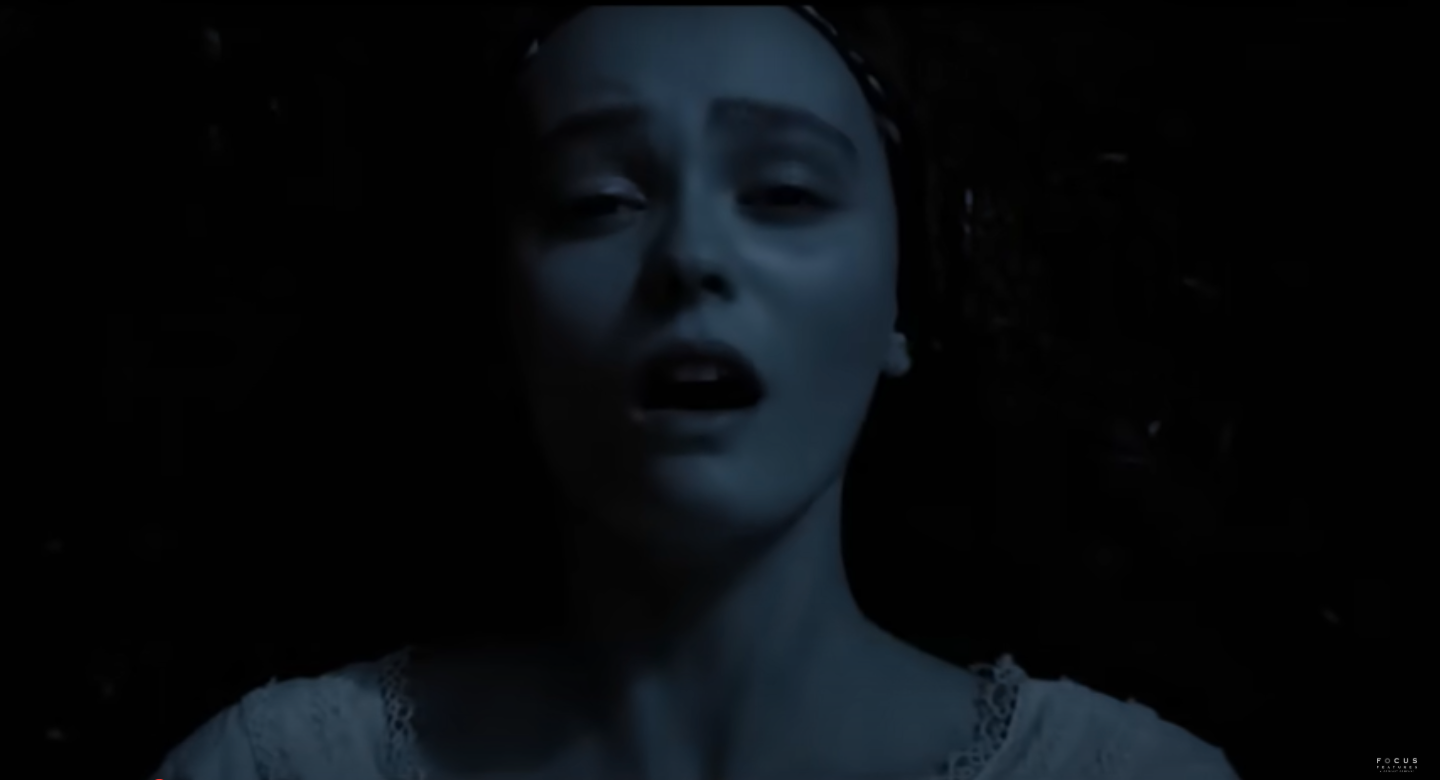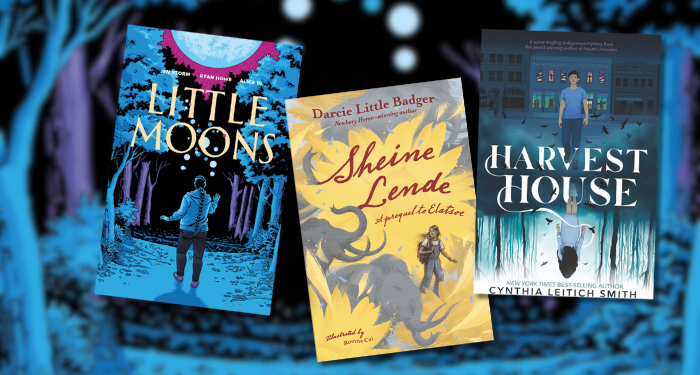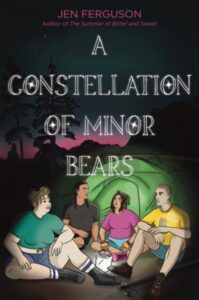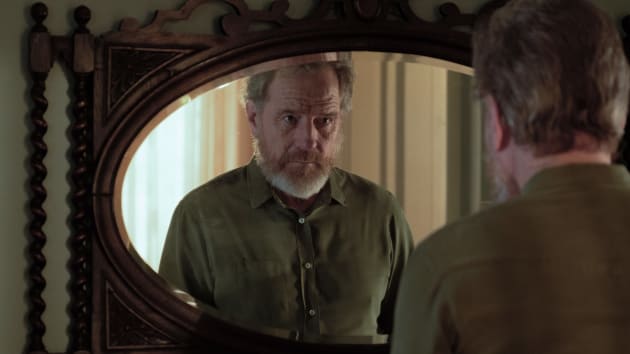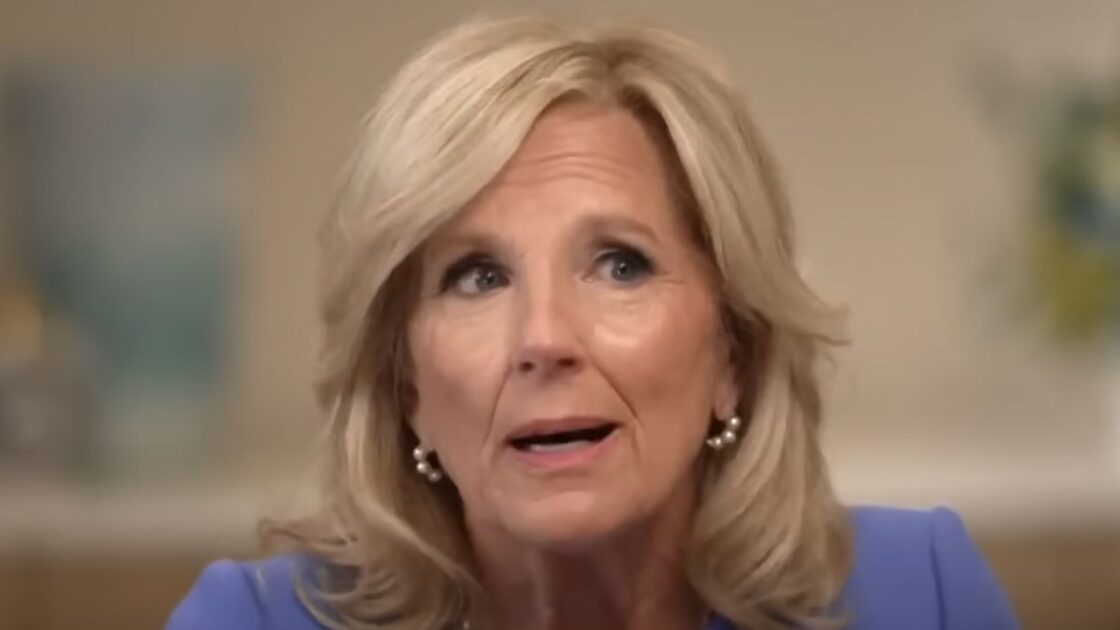If you’re in the mood for some Indigenous YA books, you’re in the right place. There are lots of Indigenous-authored works hitting the bookshelves right now (huzzah!), so fair warning: if you read this list, be prepared to acquire some books.
These aren’t your grandparents’ generation’s books about Indigenous peoples, either. After all, given the long (but not long gone) history of racism in the publishing industry, chances are those books weren’t written by Indigenous authors anyway. Don’t worry, though: the books on this list are penned by contemporary Indigenous writers, feature complex Indigenous characters, and center Indigenous epistemologies.
In case you’re wondering why I’m making such a big deal about this, in a resource for teachers, the National Museum of the American Indian (NMAI) points out that literary representations of Native Americans tend to “reinforce inaccuracies and stereotypes and fail to include the diversity of Native peoples who have lived on this continent for millennia. Too often, particularly with older books, Native Americans are presented in the past tense as a generic group of people rather than as thriving communities with sovereign political status, self-governance, histories, languages, and stories.” This is, unfortunately, but unsurprisingly, what happens when a group of people (in this case, Native Americans) is represented by…well, not themselves.
Luckily, we live in a time when a rich and diverse array of Indigenous storytellers are getting their works out into the world. Sometimes they’re doing so through major publishing houses, and a lot of the time, they’re also doing so through Indigenous publishers (like the ones on this list curated by the Library at City University of Seattle).
The books on this list are all books written by Indigenous authors and, in the case of the graphic novels, illustrated by Indigenous artists. They traverse genres, ranging from horror to nonfiction, from Indigenous futurisms to retellings of so-called literary “classics.” And they feature diverse, well-developed, interesting, dynamic Indigenous characters and cultures.
So whether you’re looking for fantasy or reality (or a little bit of both), there’s something for every reader on this list.
New YA Novels by Indigenous Authors
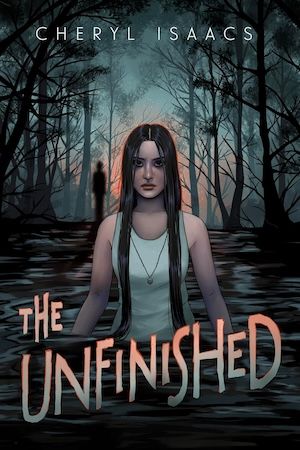

The Unfinished by Cheryl Isaacs
This is a chilling book and a powerful debut novel. Half-white, half-Kanien’kéha:ka (Mohawk) teenager Avery is training for a running scholarship she needs in order to go to college when she stumbles upon a nightmare: an uncannily still pond linked to the Ragged Man. She manages to escape the lure of the eerie landscape, but Avery’s accidental encounter awakens a monster, and people start to disappear. The disappearance of her best friend (and crush), Key, forces Avery to embrace her Kanien’kéha culture and learn from the Elders in order to save herself and those she loves.
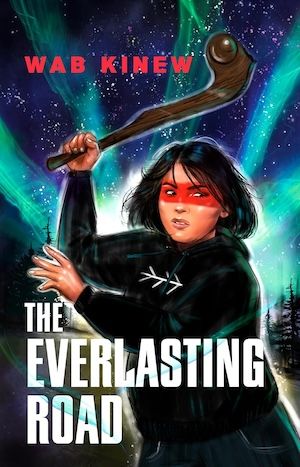

The Everlasting Road by Wab Kinew
This is the second book in the Floraverse series, and it’s just as engaging and well-written as the first book. (Spoilers ahead!) Resuming Bugz’s story in the aftermath of her brother Waawaate’s death, The Everlasting Road finds Bugz coping the best she can…which is kind of not at all. She has a boyfriend and is still embroiled in the power struggles of the virtual world of the Floraverse, but she’s created a bot version of her late brother to help her in the ‘Verse. As the story follows both the grieving Bugz and her brother’s soul, the Waawaate-bot develops powers it shouldn’t and gets out of control, and it’s up to Bugz to figure out a way to restore balance before it’s too late.
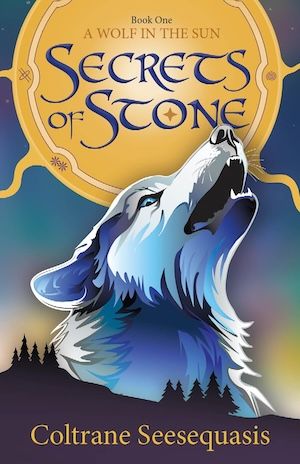

Secrets of Stone by Coltrane Seesequasis
The first book of the four-book Al Wolf in the Sun series, Secrets of Stone introduces readers to Silversong and his pack. In an interesting twist on cli-fi, Seesequasis’s storyworld is set hundreds of years after humanity was defeated by nature. With the agents of environmental destruction (humans) out of the picture, sentient animals have taken over the world — Silversong is one such wolf. He’s a rising power within his pack, but when a pack of exiled wolves threatens Silversong’s community, he has to draw on all of his powers in order to attempt to stop them. Coltrane Seesequasis is Willow Cree.
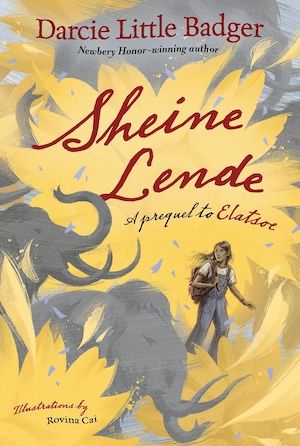

Sheine Lende by Darcie Little Badger
If you haven’t read Darcie Little Badger’s multiple award-winning book Elatsoe yet, don’t worry: this prequel is the perfect opportunity! This one follows Lipan Apache teenager Shane, who uses her family’s power to awaken creatures from Below to save missing people, alongside her mother, Lorenza, and their ghost dog Nellie. But everything is turned inside out when Lorenza herself goes missing and Shane has to find a way to save her. Elements of fantasy (vampires and faeries), sci-fi (climate disaster), and reality (settler colonization) merge to form a rich and captivating storyworld.
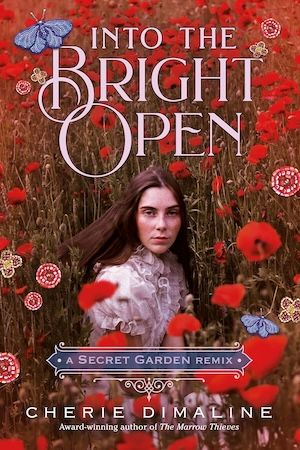

Into the Bright Open by Cherie Dimaline
This queer retelling of the children’s “classic” The Secret Garden is (imho) so much better than the original book, even as Dimaline’s skillful prose captures some of its more redeeming qualities. Into the Bright Open follows Mary as she’s forced to leave her home in Toronto for her uncle’s house in Ontario’s Georgian Bay after the deaths of her parents. Her new home, in a predominantly Métis community, is lonely and full of secrets. Flora and Sophie, her uncle’s housekeeper and a local girl respectively, challenge Mary’s elitism; at the same time, they help her start to come alive again. But something’s wrong in her new home, and it has everything to do with her cousin Olive’s captivity in the attic. Mary and her new friends have to figure out what’s going on before it’s too late.
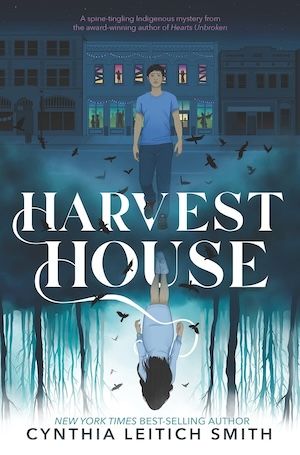

Harvest House by Cynthia Leitich Smith
Hughie Wolfe is working at the local haunted house during Halloween season, but his small Kansas town appears to be haunted for reals. The trouble starts with Hughie’s boss, Ms. Fischer, deciding to incorporate a local ghost story and an Indian burial ground into the haunted house experience. Oh, and she wants Hughie (who’s Mvskoke) to play the part of the Indian ghost. (Cringe.) But what starts as a fraught fundraising setup turns into something else altogether as a real-life man starts preying on Indigenous women in a chilling parallel to the ghost story, and it’s up to Hughie and his friends to unravel the mystery.
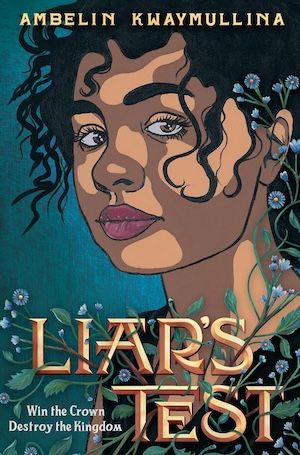

Liar’s Test by Ambelin Kwaymullina
Bell Silverleaf comes from a family of memory-walkers — people able to experience their memories as if they were reality in the here and now — and hail from the Treesinger people. Like the Palyku people indigenous to Western Australia, the Treesingers were forced from their lands by colonizers (here: the Risen). When Bell is selected to compete for the crown in the Queen’s Test against 6 other girls for, she agrees to do it…but not for the reasons she’s supposed to. Her aims are distinctly anti-colonial and will force her to utilize every ounce of her skills as a liar, confront the traumas that haunt her, and understand the very complex intergenerational context that led to her place in the Queen’s Test.
New YA Graphic Novels and Nonfiction by Indigenous Authors
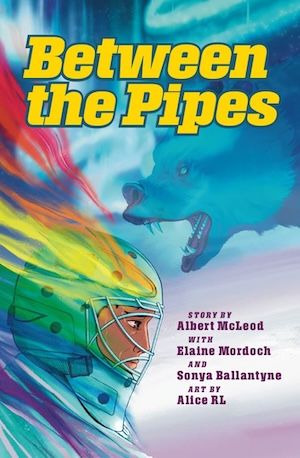

Between the Pipes by Albert McLeod with Elaine Mordoch and Sonya Ballantyne, art by Alice RL
Chase just wants to be an average teenager. He plays hockey, hangs out with his friends, and loves his grandma. But Chase is queer and he’s not okay with his own sexuality. It doesn’t help that he’s also being targeted with homophobic taunts by one of his teammates. As Chase begins to cave in to his own internalized homophobia, creating distance between himself and the people he loves the most, his dreams become increasingly intense, until he seeks guidance from an Elder in his community and a Two-Spirit filmmaker. Ultimately, it’s up to Chase to learn how to love himself for who he truly is.
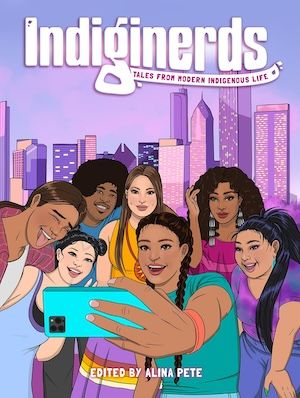

Indiginerds: Tales from Modern Indigenous Life edited by Alina Pete
This graphic anthology of nonfiction stories explores the ways contemporary Native peoples navigate cultural traditions, Indigenous epistemologies, and pop culture. As the title implies, each of the stories features proudly nerdy Indigenous people. Because it’s an anthology of works by different authors, the content is quite varied; however, there’s a consistent focus on social issues facing contemporary Indigenous youth throughout — issues including bullying, sexuality, and domestic violence (among others). Alongside this, there’s also an empowering depiction of activism and nerdery as tools for combatting some of the more overtly harmful issues confronted in the stories.


Little Moons by Jen Storm and Ryan Howe, illustrated by Alice RL
Reanna is 13. Her older sister Chelsea went missing a year ago, her little brother Theo has been seeing “Little Moons” (his name for ghosts), and her mother left them all for a life in the city. Suffice it to say, things are hard when this graphic novel begins…and they don’t get any easier as Reanna and her family struggle to come to terms with their grief. Each in their own way, Reanna, Theo, their mother, and their father attempt to navigate their pain, often in ways that include traditional Ojibwe mourning practices. This one’s a hard read since it grapples with the crisis of Missing and Murdered Indigenous Women, Girls, and Two-Spirit People (MMIWG2S), but it does so in a way that’s thoughtful and sensitive.
More YA and Children’s Books by Indigenous Authors
If you just can’t get enough of books by Indigenous writers, there’s a fast-growing archive to choose from. You can try this list of kids’ books by Native writers or check out the books on this list of Indigenous middle grade novels. For those of you who love your comics, take a gander at this list of Indigenous YA and MG graphic novels and comics.

